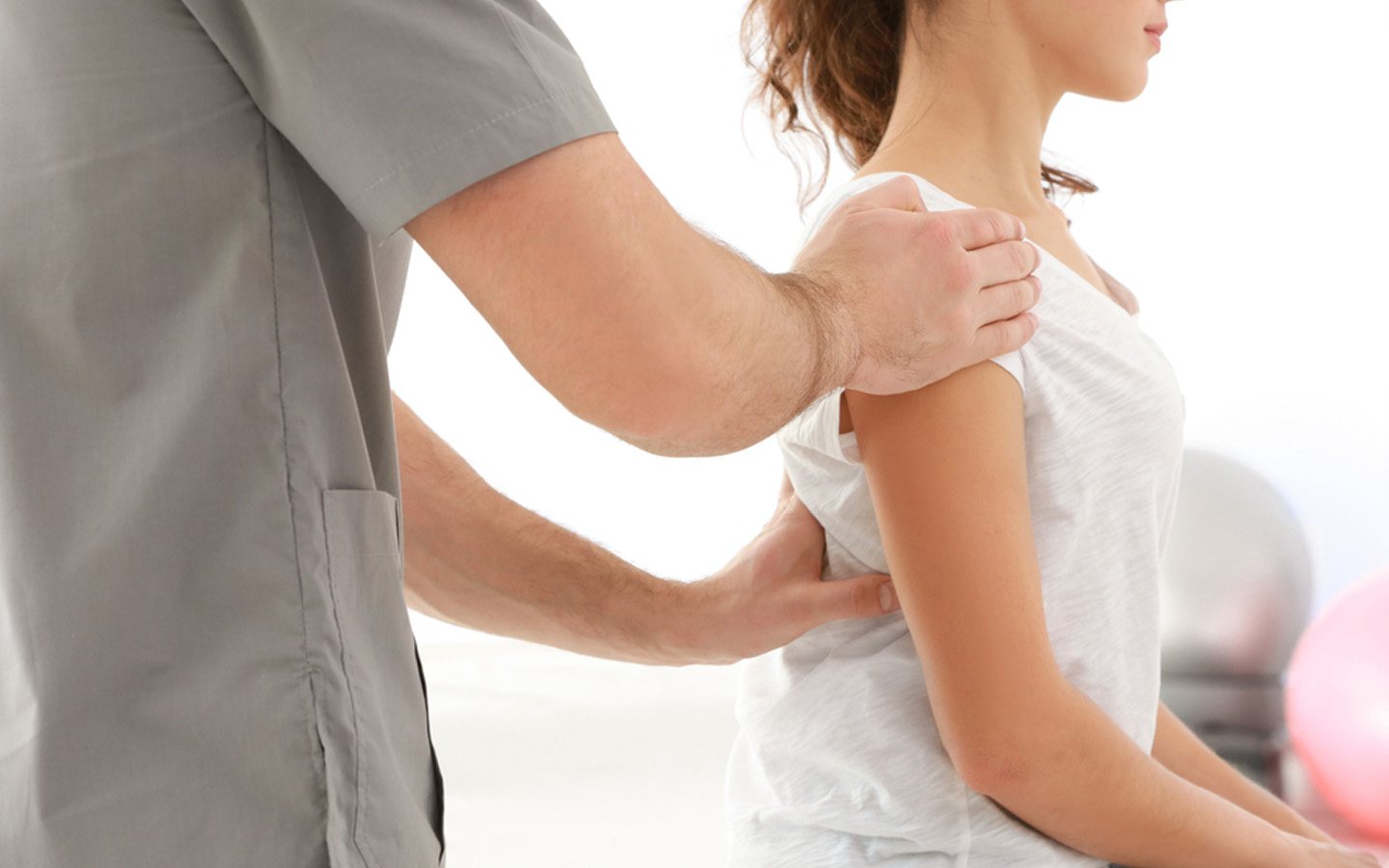Osteopathy is a holistic approach to healthcare that addresses the root cause of health issues. It differs from massage therapy in that it includes a thorough diagnostic process and a more comprehensive approach.
It uses a drug-free, non-invasive manual medicine to improve the overall musculoskeletal framework and enhance the body’s self-healing abilities. Its unique natural principles also promote circulatory, nervous and lymphatic system functions.
Repetitive strain injuries
Repetitive strain injuries, or RSI, are damage to muscles and tendons from repeated motions. They can affect the neck, hands, arms, and elbows. Symptoms include pain, stiffness, and swelling. They can be caused by working at a computer or playing sports. You can prevent these injuries by warming up before physical activity, stretching, and using proper equipment.
An osteopath can help reduce your pain and speed up your recovery by releasing the tight muscles, restoring the range of movement in the joints, and giving you exercises to do at home to promote healing. In addition, they can teach you better posture to avoid future injuries. They may also prescribe a course of treatment to prevent further problems. The number of sessions will depend on the condition and your medical history.
Migraines
Migraines are a debilitating condition with throbbing pain, sensitivity to light and sound as well as nausea & vomiting. An osteopath can help alleviate the symptoms by restoring the balance of your body, mind & spirit.
Osteopaths use structural techniques to improve the function of the musculoskeletal system as well as other body systems. This includes the circulatory, lymphatic and nervous systems. They also use cranial techniques which are gentle hands-on techniques that examine fluid movement in the central nervous system.
Osteopaths are trained to help with a range of conditions including torticollis, a common problem affecting infants where the head is tilted or turned to one side. They can help by releasing the tight neck muscles, reducing pressure on the spinal nerves and improving muscle spasms.
Vertigo
Unlike traditional treatments that focus on managing symptoms, osteopathy addresses the root causes of dizziness and vertigo. It uses gentle techniques that relieve tension, improve circulation, and promote healing. This holistic approach is a great way to alleviate symptoms and prevent them from recurring.
Vertigo is a type of dizziness that causes the sensation that your head or surroundings are spinning. It can be caused by a number of conditions, including inner ear problems and migraines. Conventional treatment for vertigo involves taking medications or undergoing vestibular rehabilitation therapy.
One of the most common causes of vertigo is benign paroxysmal positional vertigo (BPPV). This condition occurs when tiny calcium crystals become dislodged from the utricle, a balance centre in the inner ear. These crystals stimulate hairlike cells in the utricle that send signals to your brain about your movement and position.
Torticollis
Osteopathy is a holistic approach to manual therapy that relies on hand-contact for both diagnosis and treatment. It views the body as an indivisible whole and promotes self-healing mechanisms. It also considers lifestyle and environmental factors that may affect the body’s health.
Ms Dutois is trained in cranial osteopathy and visceral osteopathic techniques, which she uses to help children and babies with issues like colic and tongue tie. She focuses on optimising the natural organ function of the baby and improving movement, especially in the spine.
Her osteopathic technique is gentle and safe, helping the babies to feel relaxed, releasing the tension in their necks, and making it easier for them to latch and suckle. This reduces the symptoms of colic and improves the quality of their sleep, while boosting their immunity.
Colic
Osteopaths have a wide range of hands-on manual techniques for diagnosing and treating problems with the musculoskeletal system. These include manipulating the joints, massaging soft tissues, and stretching muscles. These techniques help to balance the musculoskeletal structure, improve movement, and encourage the body’s natural ability to self-heal.
Baby colic is a common cause of crying and abdominal discomfort. It may be due to a strained thoracic area or torsion of the diaphragm, and osteopathic treatment can gently relieve this tension. This can also help improve suckling and reduce air swallowing during feeds.
Our osteopathic team also uses gentle techniques to treat breastfeeding babies. This can include resolving any issues with latching and reflux. It can also help to improve digestion by releasing tension in the thoracic area, diaphragm, and neck.dubai osteopathy
